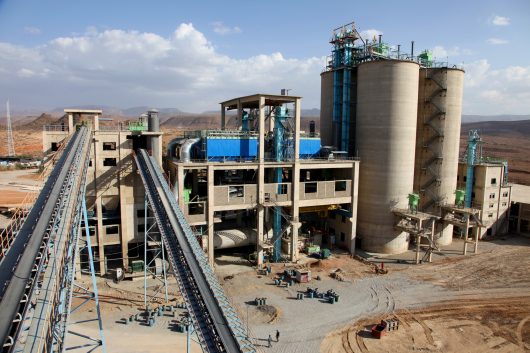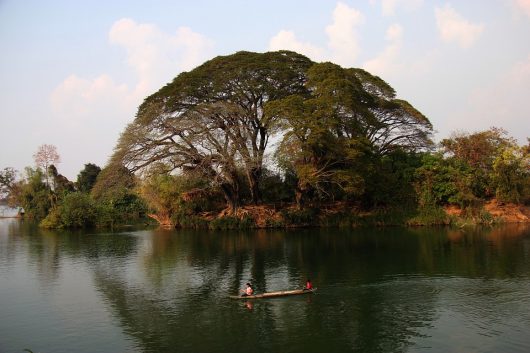 Ethiopia is home to Africa’s second largest population and is the oldest independent country on the continent. The surface and transport infrastructure in Ethiopia are particularly poor and underdeveloped, demonstrated by the fact that the country has the lowest road density in the world and only 13.3 percent of all roads have been paved.
Ethiopia is home to Africa’s second largest population and is the oldest independent country on the continent. The surface and transport infrastructure in Ethiopia are particularly poor and underdeveloped, demonstrated by the fact that the country has the lowest road density in the world and only 13.3 percent of all roads have been paved.
Road infrastructure in Ethiopia is of particular importance, as the country is five times as large as the United Kingdom. There has been a massive increase in the allocation of funds for road construction, with the state spending on roads accounting for a quarter of each year’s infrastructure budget.
Unlike their surface infrastructure, Ethiopia features new and upgraded airports which facilitate the transport of goods and encourage greater investment. There are two international airports, Addis Ababa and Dire Dawa, both of which have seen an increase in passenger and freight transport over the last several years. To encourage tourism, five major airports were selected to be upgraded, with the opening of the Arba Minch airport leading to a wide range of economic opportunities for the south of Ethiopia.
Ethiopia has continued to focus its economic policies on the development of new and improved infrastructure by planning to allocate $89 million on infrastructure spending. This has continued the trend of upgrading the national road network, following previous commitments to improve road connections to Kenya and South Sudan.
Improving the road network in Ethiopia is essential, as it will make it easier for farmers to transport their produce to bigger markets, and it supports the growth of the sugar industry in south Ethiopia. The government has hopes that with improvement to the road network, Ethiopia will be able to develop coal mines in the region, allowing the nation to supply cement producers and bolstering the economy.
-Drew Fox
Photo: Flickr
 Angola has an extremely diverse population of approximately 29 million people. It is a developing country with over 40 percent of its population living beneath the poverty line. There are various projects underway to develop the country. Here are 5 development projects in Angola.
Angola has an extremely diverse population of approximately 29 million people. It is a developing country with over 40 percent of its population living beneath the poverty line. There are various projects underway to develop the country. Here are 5 development projects in Angola.
